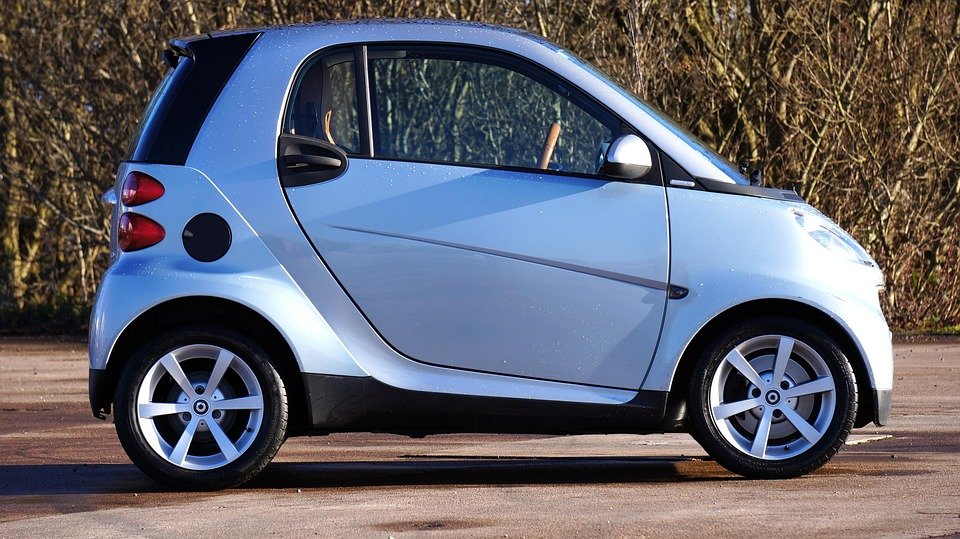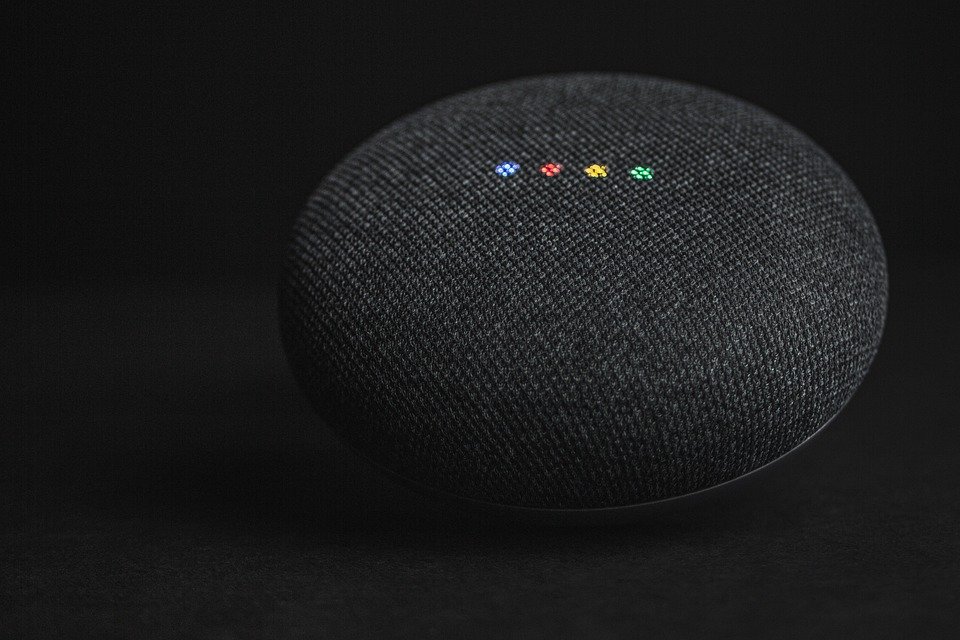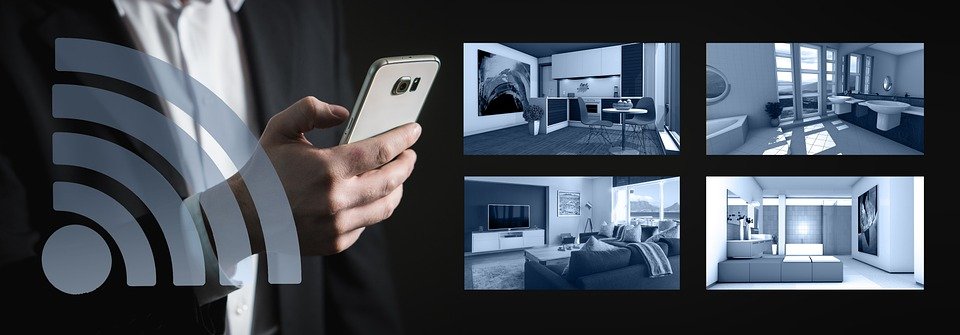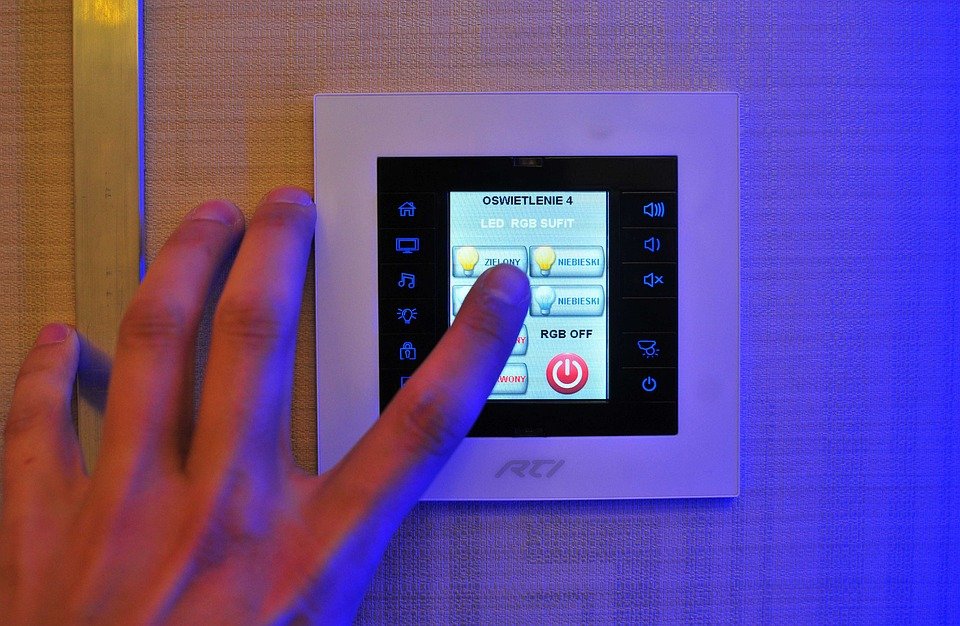Upgrading your home with smart technology doesn’t always require a complete overhaul—sometimes, it starts with something as simple as replacing a traditional light switch. Smart light switches offer convenience, energy savings, and enhanced control over your home’s lighting. If you’re new to this technology, this guide will help you understand the basics, benefits, and key considerations when choosing a smart switch.
What Are Smart Light Switches?
Smart light switches replace your existing wall switches and allow you to control your lights remotely via a smartphone app, voice commands (using Alexa, Google Assistant, or Siri), or automation routines. Unlike smart bulbs (which replace the bulb itself), smart switches control the power at the switch level, meaning you can keep using your existing bulbs while adding smart functionality.
Key Benefits of Smart Light Switches
1. Remote Control & Convenience
- Turn lights on/off from anywhere using an app.
- No more worrying if you left lights on when you’re away.
2. Voice Control
- Works with smart assistants like Alexa, Google Assistant, and Apple HomeKit.
- Say commands like, “Hey Google, turn off the living room lights.”
3. Scheduling & Automation
- Set schedules (e.g., turn lights off at bedtime or on at sunset).
- Create automation scenes (e.g., “Movie Mode” dims lights automatically).
4. Energy Savings
- Monitor energy usage and reduce waste by ensuring lights aren’t left on unnecessarily.
5. No Hub Required (Sometimes)
- Some switches connect directly to Wi-Fi, while others require a smart home hub (like Zigbee or Z-Wave).
Types of Smart Light Switches
-
Wi-Fi Smart Switches
- Simple setup, connects directly to Wi-Fi.
- Works with phone apps but may require cloud dependence.
- Example: TP-Link Kasa Smart Switch
-
Z-Wave or Zigbee Switches
- Requires a hub (e.g., SmartThings, Hubitat, Philips Hue).
- More reliable for large smart home systems.
- Example: Lutron Caséta Wireless (requires Lutron Hub)
-
Smart Dimmer Switches
- Allows dimming in addition to on/off control.
- Great for ambiance-setting lights.
- Example: Lutron Maestro
-
3-Way & Multi-Way Smart Switches
- Works with multi-switch setups (like in stairwells).
- Some require a companion switch.
- Example: GE Enbrighten Z-Wave Smart Switch
Installation: What to Consider
✅ Check Wiring Compatibility
- Most smart switches require a neutral wire.
- Some use batteries or don’t need a neutral (like Lutron Caséta).
✅ Single-Pole vs. 3-Way Switches
- Single-pole = controls one light from one switch.
- 3-way = controls one light from multiple switches (requires smart switch + auxiliary switch).
✅ Power Load
- Most smart switches support standard incandescent/LED bulbs.
- For fans or heavy loads, check the switch specifications.
✅ DIY vs. Hiring an Electrician
- If you’re comfortable with basic wiring, installation is simple.
- If unsure, hire an electrician.
Best Smart Switches for Beginners
- TP-Link Kasa Smart Wi-Fi Switch (budget-friendly, no hub required).
- Lutron Caséta (reliable, works even without neutral wire).
- Leviton Decora Smart Switch (HomeKit-compatible).
- Wyze Switch (affordable, voice control).
Final Thoughts
Smart light switches are a great entry point into home automation. They offer easy control, energy efficiency, and seamless integration with other smart devices. Before buying, ensure compatibility with your home’s wiring and whether you need a hub. With the right switch, you’ll enjoy a smarter, more connected home in no time!
Would you like recommendations based on a specific smart home ecosystem (Google, Alexa, or Apple)? Let me know in the comments!
Would you like me to expand on any section (such as detailed installation steps or automation tips)? 😊

















